Hurricane-Resistant Farm Innovation: Steel Frame Building Systems from Lida Group Protect High-Quality Agricultural Assets
2025-Aug-14 13:34:43
By Admin
1. Introduction
Agriculture stands as a cornerstone of global economies, providing food, raw materials, and livelihoods for billions. However, this vital sector faces an ever-growing threat from extreme weather events, with hurricanes being among the most destructive. Hurricanes, with their powerful winds, heavy rainfall, and storm surges, can wreak havoc on farms, destroying infrastructure, damaging crops, and decimating livestock. The need for resilient agricultural structures has never been more pressing as climate change intensifies the frequency and severity of such storms. In response to this challenge, Lida Group has emerged as a key innovator, offering steel frame building systems designed specifically to withstand hurricanes and protect high-quality agricultural assets. This article explores the role of these systems in safeguarding farms, their features, benefits, and the impact they have on the agricultural industry.
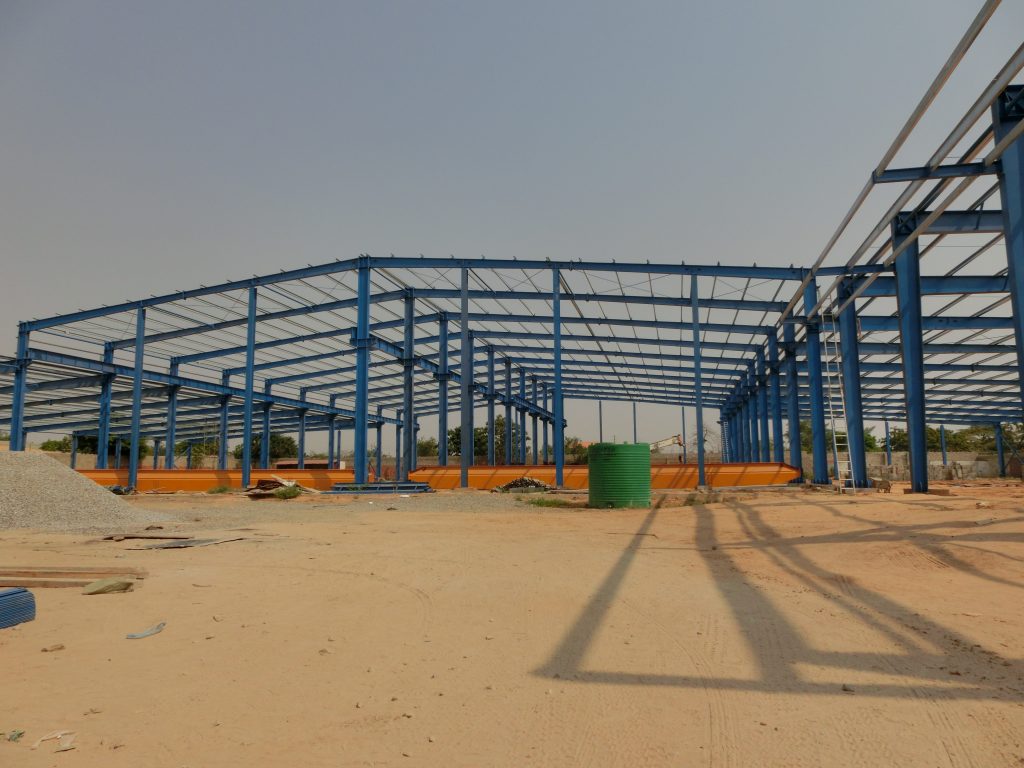
2. The Threat of Hurricanes to Agricultural Assets
2.1 Destructive Effects of Hurricanes on Farms
Hurricanes pose a multifaceted threat to agricultural operations. High winds, often exceeding 100 miles per hour, can tear down barns, sheds, greenhouses, and storage facilities. These structures house valuable equipment, livestock, and harvested crops, and their destruction can lead to immediate financial losses. For example, a single hurricane can flatten a greenhouse complex, ruining months of cultivation and investment in high-value crops like tomatoes, peppers, or flowers. Livestock, too, are at risk; collapsed barns can injure or kill animals, and the disruption to feeding and shelter can lead to further losses.
Heavy rainfall associated with hurricanes causes flooding, which submerges fields, drowns crops, and contaminates soil with saltwater in coastal areas. Saltwater intrusion can render farmland infertile for years, as salt disrupts plant growth and reduces soil productivity. Additionally, flooding can damage irrigation systems, making it difficult to resume farming operations even after the storm passes. Storm surges, another byproduct of hurricanes, are particularly devastating for coastal farms, washing away topsoil, destroying fences, and inundating entire properties.
Beyond the immediate physical damage, hurricanes disrupt supply chains. Roads and transportation networks are often impassable, preventing farmers from delivering their products to markets. Power outages, which can last for days or weeks, disable refrigeration units used to store perishable goods, leading to spoilage. The cumulative effect of these impacts can push small farms to the brink of closure and cause significant economic strain on larger agricultural enterprises.
2.2 Economic Impact on Agricultural Communities
The economic toll of hurricanes on agricultural communities is staggering. In the United States alone, hurricanes have caused billions of dollars in agricultural losses in recent decades. For instance, Hurricane Katrina in 2005 resulted in over \(1 billion in crop and livestock losses in Louisiana and Mississippi, with many small-scale farmers never recovering. Similarly, Hurricane Maria in 2017 devastated Puerto Rico’s agricultural sector, destroying 80% of the island’s crops and causing an estimated \)780 million in damages.
These losses extend beyond individual farmers to affect entire communities. Agricultural workers may lose their jobs temporarily or permanently, leading to increased unemployment and poverty. Local businesses that rely on farming, such as feed suppliers, equipment dealers, and food processors, also suffer as farm operations grind to a halt. The long-term economic impact includes reduced tax revenues for local governments, which hinders investment in infrastructure, education, and healthcare—further exacerbating the challenges faced by these communities.
The psychological toll on farmers should not be overlooked either. Years of hard work and investment can be wiped out in a matter of hours, leading to stress, anxiety, and a loss of confidence in the future of their operations. This emotional burden can deter new generations from entering agriculture, threatening the sustainability of the sector.
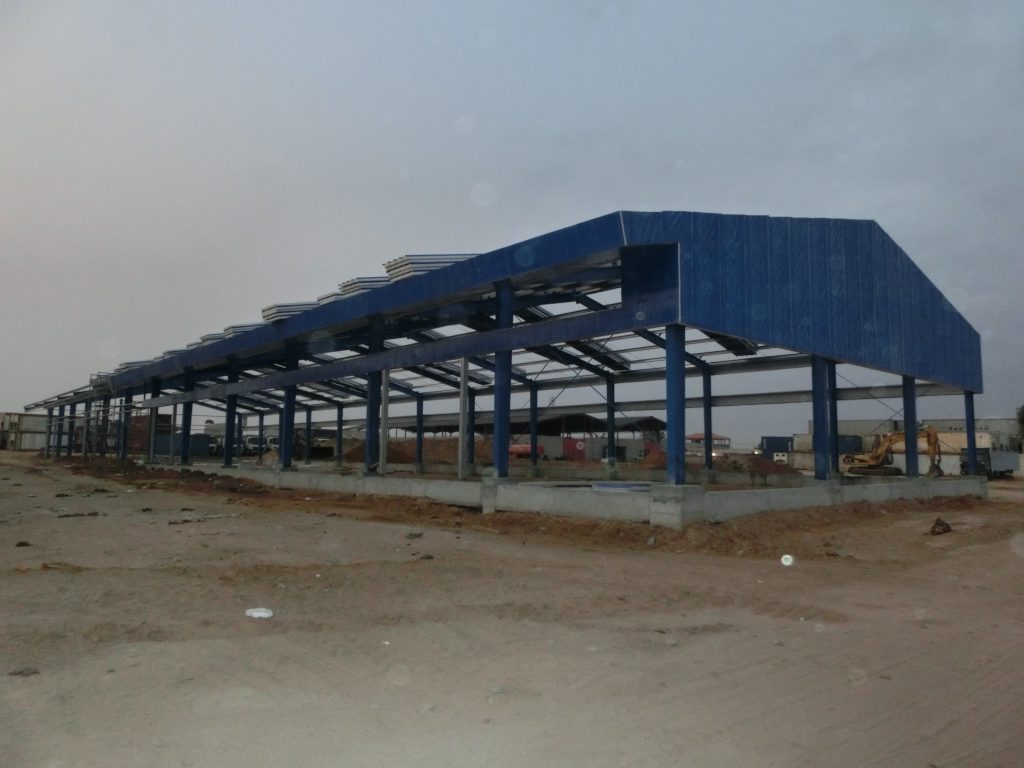
3. Lida Group’s Steel Frame Building Systems: An Overview
3.1 Company’s Expertise in Steel Structure Construction
Lida Group has built a solid reputation as a leader in steel structure construction, with decades of experience in designing and manufacturing durable, high-performance building systems. The company’s expertise spans various industries, including industrial, commercial, and agricultural construction. Lida Group’s steel frame systems are engineered to meet rigorous international standards, ensuring they can withstand extreme environmental conditions, including hurricanes.
The company’s team of engineers and designers combines technical knowledge with practical experience to develop structures that are both strong and functional. They utilize advanced software for structural analysis, simulating the effects of high winds, heavy loads, and other forces to optimize the design of each steel frame system. Lida Group’s commitment to quality is evident in its use of high-grade steel, which undergoes rigorous testing to ensure strength, durability, and resistance to corrosion—all essential properties for withstanding the harsh conditions brought by hurricanes.
3.2 Key Features of Lida Group’s Steel Frame Systems
Lida Group’s steel frame building systems boast several key features that make them ideal for hurricane-prone agricultural settings. Firstly, the frames are designed with high tensile strength, allowing them to resist the powerful winds of hurricanes. The use of large, strong steel beams and columns creates a rigid structure that minimizes deflection and deformation under wind pressure.
Secondly, the systems are highly customizable. Farmers have diverse needs, from storing equipment and livestock to housing greenhouses and processing facilities. Lida Group’s steel frames can be tailored to various sizes, shapes, and configurations, ensuring they meet the specific requirements of each agricultural operation. This flexibility allows for the integration of features such as large doorways for machinery, ventilation systems for livestock, and reinforced roofing for heavy snow or rainfall.
Thirdly, the steel frames are prefabricated off-site. This means that components are manufactured in a controlled factory environment, ensuring precision and quality. Prefabrication also speeds up the construction process, as parts can be assembled quickly on-site, reducing the time farms are without essential structures. This is particularly valuable in the aftermath of a hurricane, where rapid reconstruction is crucial for resuming operations.
Another important feature is corrosion resistance. Lida Group treats its steel frames with protective coatings that prevent rust and degradation, even in humid, coastal environments where saltwater exposure is common. This extends the lifespan of the structures, reducing maintenance costs and ensuring long-term protection for agricultural assets.
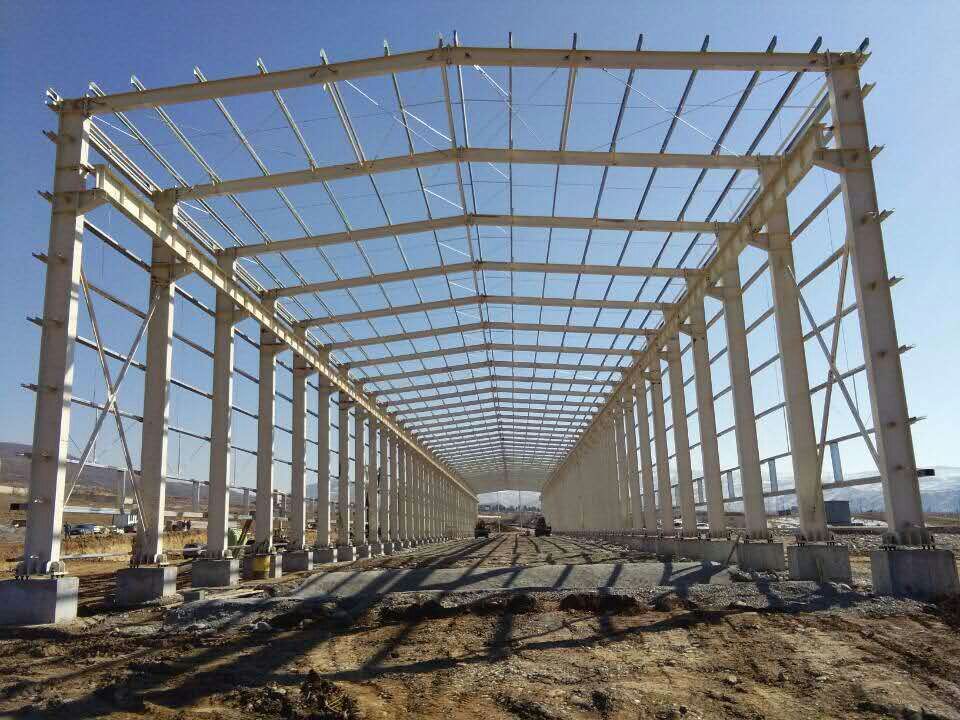
4. Hurricane Resistance: How Lida Group’s Systems Stand Up to Storms
4.1 Structural Design for Wind Resistance
The ability of Lida Group’s steel frame systems to withstand hurricanes begins with their structural design. Engineers at Lida Group use advanced wind load analysis to determine the forces a structure will face during a hurricane. This analysis considers factors such as the location of the farm (coastal vs. inland), the average wind speeds in the area, and the height and shape of the building.
The steel frames are designed with a rigid frame structure, which distributes wind forces evenly throughout the entire building. This prevents any single part of the structure from bearing an excessive load, reducing the risk of collapse. The connections between beams, columns, and other components are reinforced with high-strength bolts and welds, ensuring they remain secure even under extreme wind pressure.
In addition, the roof design is critical for hurricane resistance. Lida Group’s steel frame roofs are engineered to withstand uplift forces, which occur when wind flows over the roof, creating a suction effect that can tear the roof off. The roofs are secured with heavy-duty fasteners that anchor them firmly to the frame, and their shape is optimized to minimize wind resistance. For example, sloped roofs with a suitable pitch help deflect wind, reducing the pressure exerted on the structure.
4.2 Resistance to Flooding and Water Damage
While wind resistance is paramount, Lida Group’s steel frame systems also address the threat of flooding. The steel frames are elevated above the ground, either on concrete piers or foundations, to prevent water from entering the structure during floods. This elevation protects equipment, livestock, and stored crops from water damage.
The materials used in the construction of the buildings also contribute to water resistance. Steel is inherently impervious to water, unlike wood, which can rot and weaken when exposed to moisture. This means that even if water does enter the structure, the steel frame remains strong and stable, reducing the risk of collapse. Additionally, Lida Group offers optional features such as waterproof flooring and wall panels, which further protect against water damage and mold growth.
Ventilation systems are another aspect of flood resistance. Proper ventilation helps reduce humidity inside the building, preventing condensation and moisture buildup that can lead to corrosion or damage to stored goods. Lida Group’s steel frame systems can be equipped with high-quality ventilation units that continue to function even in wet conditions, ensuring the interior remains dry and protected.
4.3 Testing and Certification
To ensure their hurricane resistance, Lida Group’s steel frame systems undergo rigorous testing and certification. The company subjects its structures to simulated hurricane conditions in laboratories, including high wind tunnels and water pressure tests. These tests verify that the systems can withstand wind speeds of up to 150 miles per hour or more, depending on the design, and that they remain watertight during heavy rainfall and flooding.
Lida Group’s steel frame building systems have also obtained various certifications from international organizations. For example, they meet the standards set by the International Code Council (ICC) for hurricane-resistant structures, as well as regional codes specific to hurricane-prone areas such as Florida, the Caribbean, and Southeast Asia. These certifications provide farmers with confidence that the structures they invest in are proven to protect their assets during extreme weather events.
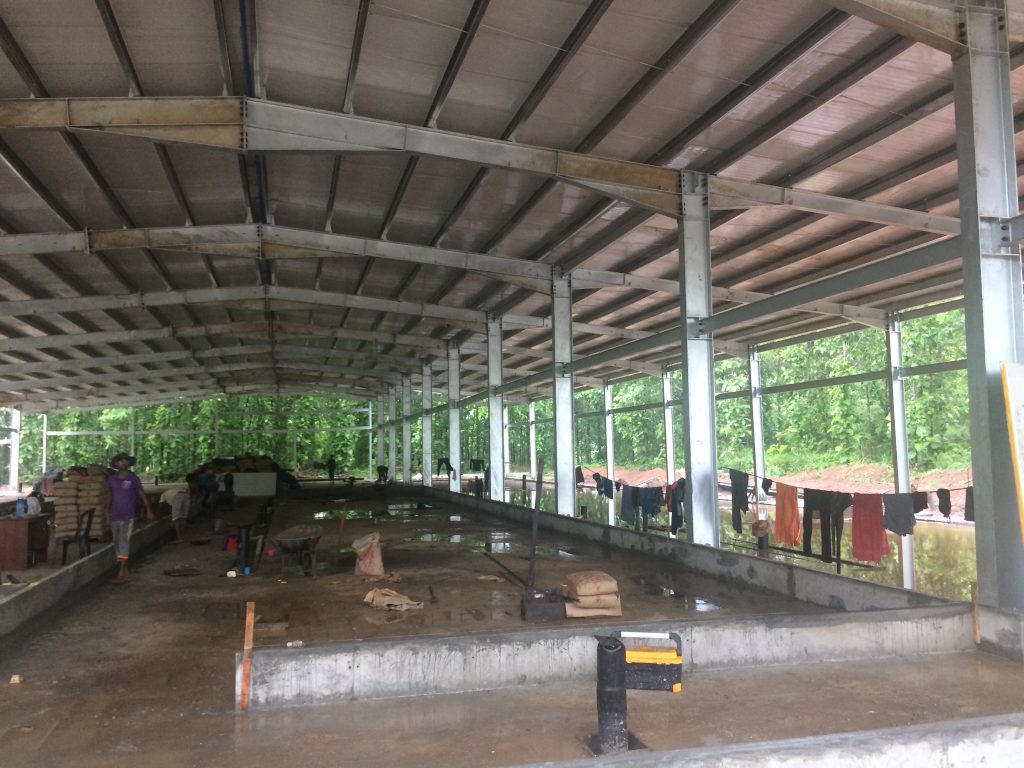
5. Applications of Lida Group’s Steel Frame Systems in Agriculture
5.1 Barns and Livestock Shelters
One of the primary applications of Lida Group’s steel frame systems in agriculture is the construction of barns and livestock shelters. These structures need to provide a safe and secure environment for animals, even during hurricanes. Lida Group’s steel barns are designed to withstand high winds, ensuring that livestock such as cattle, pigs, and poultry are protected from injury or death.
The customizable nature of the steel frames allows for the creation of barns with ample space for animals to move, as well as features like feeding troughs, water systems, and ventilation. The steel construction also makes the barns easy to clean and maintain, promoting good hygiene and reducing the risk of disease among livestock. In the event of a hurricane, the sturdy structure ensures that the barn remains intact, allowing farmers to quickly resume caring for their animals once the storm passes.
5.2 Greenhouses and Crop Storage Facilities
Greenhouses are vital for growing high-value, climate-sensitive crops, and they are particularly vulnerable to hurricane damage. Lida Group’s steel frame greenhouses offer a solution, providing a durable structure that protects crops from high winds and heavy rainfall. The steel frames can support strong glazing materials, such as polycarbonate or glass, which are resistant to shattering. This ensures that the greenhouse remains intact, maintaining the controlled environment necessary for crop growth.
Crop storage facilities, such as warehouses and silos, also benefit from Lida Group’s steel frame systems. These structures need to protect harvested crops from the elements, including hurricanes, to prevent spoilage. Steel frame storage facilities are weathertight, with reinforced roofs and walls that keep out water and wind. They can also be equipped with climate control systems, such as refrigeration or drying units, to preserve the quality of crops like grains, fruits, and vegetables. This ensures that farmers can store their produce safely until it can be transported to market, even after a storm.
5.3 Equipment and Machinery Storage
Farm equipment, such as tractors, combines, and irrigation systems, represents a significant investment for farmers. Storing this equipment in secure, hurricane-resistant structures is essential to protect it from damage. Lida Group’s steel frame equipment sheds are designed to accommodate large machinery, with wide doorways and high ceilings. The strong steel frames and reinforced roofing can withstand the impact of flying debris, which is common during hurricanes, preventing damage to expensive equipment.
The prefabricated nature of these sheds allows for quick construction, meaning farmers can have a secure storage solution in place without lengthy delays. Additionally, the sheds can be designed with features like concrete floors and drainage systems to protect equipment from water damage in case of flooding. This ensures that farm machinery remains in working order, allowing farmers to resume operations as soon as possible after a hurricane.
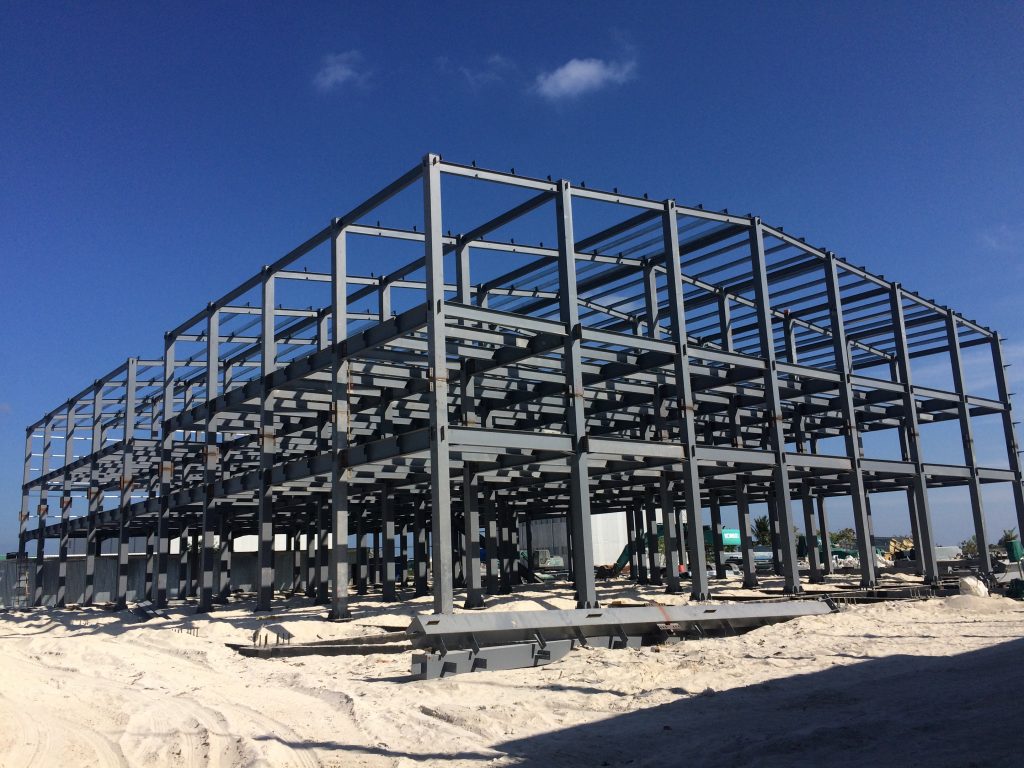
6. Benefits of Lida Group’s Steel Frame Systems for Farmers
6.1 Long-Term Cost Savings
While the initial investment in a steel frame building system may be higher than that of traditional wooden structures, the long-term cost savings are significant. Steel is a durable material that requires minimal maintenance compared to wood, which needs regular painting, sealing, and replacement due to rot, pests, and weather damage. Over time, this reduces the ongoing costs associated with repairing and maintaining agricultural structures.
The hurricane resistance of Lida Group’s systems also leads to cost savings. By withstanding storms, the structures prevent the need for expensive repairs or rebuilding after a hurricane. Farmers avoid the financial losses associated with damaged crops, livestock, and equipment, as well as the costs of temporary housing or storage during reconstruction. In regions prone to frequent hurricanes, these savings can be substantial, making steel frame systems a cost-effective choice in the long run.
6.2 Enhanced Safety for Livestock and Workers
The safety of livestock and farm workers is a top priority for any agricultural operation. Lida Group’s steel frame systems provide a secure environment that protects both. During a hurricane, the sturdy structures prevent collapse, reducing the risk of injury or death to animals and workers inside. The reinforced roofs and walls also shield against flying debris, which is a major hazard during storms.
In addition, the design of the buildings promotes safe working conditions. Steel frame structures are fire-resistant, reducing the risk of fires that can occur due to electrical faults or other accidents. The open, customizable layout allows for easy movement of workers and equipment, minimizing the risk of accidents during daily operations. For livestock, the well-ventilated, weathertight environment helps maintain their health and well-being, reducing mortality rates and improving productivity.
6.3 Sustainability and Environmental Benefits
Lida Group’s steel frame building systems offer several environmental benefits, aligning with the growing focus on sustainable agriculture. Steel is a highly recyclable material, with most steel used in construction being made from recycled content. At the end of a structure’s lifespan, the steel can be recycled again, reducing waste and minimizing the environmental impact.
The durability of steel frame systems also reduces the need for frequent reconstruction, which consumes resources and generates waste. Additionally, the prefabrication process reduces on-site construction waste, as components are manufactured to precise specifications. This makes the construction process more efficient and environmentally friendly.
Steel frame buildings can also be designed to incorporate renewable energy systems, such as solar panels on the roof, further reducing the carbon footprint of agricultural operations. The ability to integrate these systems makes Lida Group’s steel frame systems a sustainable choice for farmers looking to reduce their environmental impact.
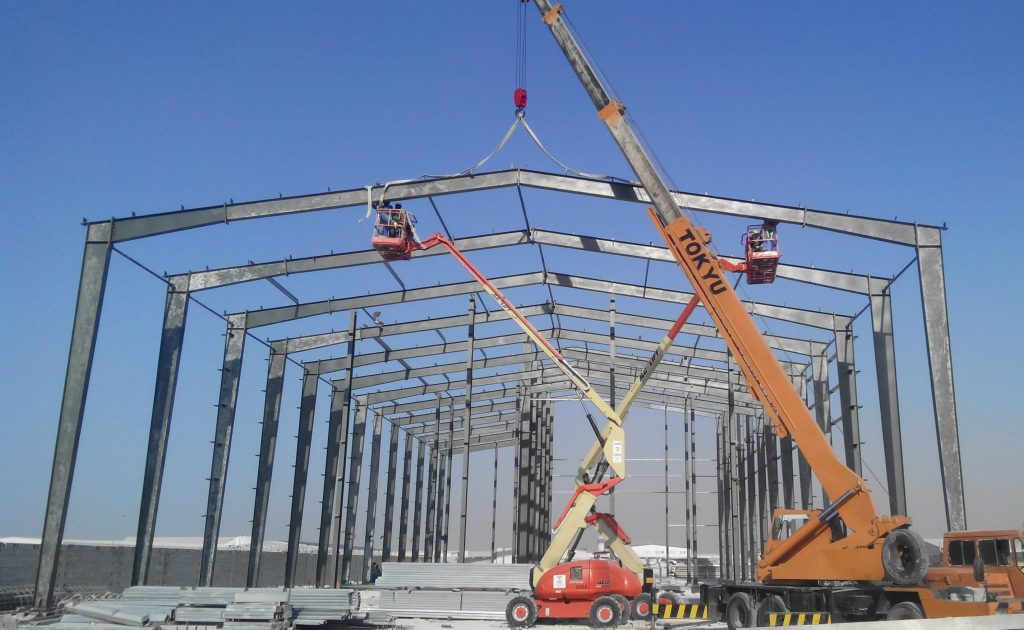
7. Case Studies: Successful Implementation of Lida Group’s Systems
7.1 Hurricane-Prone Regions: Real-World Examples
In coastal areas of Florida, where hurricanes are a frequent threat, a large-scale dairy farm implemented Lida Group’s steel frame barns and equipment storage facilities. In 2022, the farm was hit by a Category 3 hurricane with winds exceeding 120 miles per hour. While neighboring farms suffered extensive damage to their wooden structures, the steel frame buildings remained intact. The dairy cows were safe, and the milking equipment stored in the steel shed was undamaged. This allowed the farm to resume operations within days, avoiding significant losses in milk production.
In the Caribbean, a greenhouse farm growing organic vegetables installed Lida Group’s steel frame greenhouses. In 2021, the island was struck by a hurricane that destroyed many traditional greenhouses made of wood and plastic. However, the steel frame greenhouses withstood the storm, protecting the crops inside. The farm was able to harvest its vegetables as scheduled, ensuring a steady income and supplying local markets with fresh produce when other farms could not.
7.2 Farmer Testimonials and Outcomes
Farmers who have adopted Lida Group’s steel frame systems have expressed high levels of satisfaction. A rice farmer in Southeast Asia, whose region is prone to typhoons (similar to hurricanes), noted that after installing a steel frame storage facility, he no longer loses his harvest to storm damage. “Before, every typhoon would destroy my wooden warehouse, and I’d lose thousands of dollars’ worth of rice,” he said. “Now, the steel structure keeps my crops safe, and I can focus on growing more without worrying about the weather.”
A livestock farmer in Louisiana, still recovering from the effects of previous hurricanes, invested in Lida Group’s steel barns. “The peace of mind is priceless,” he commented. “During the last storm, I didn’t have to evacuate my cattle or worry about the barn collapsing. The steel structure held strong, and my animals were unharmed. It’s the best investment I’ve made for my farm.”
These testimonials highlight the tangible benefits of Lida Group’s steel frame systems, from protecting assets to providing farmers with confidence in the face of extreme weather.

8. Future Innovations and Expansion in Agricultural Resilience
8.1 Research and Development in Hurricane-Resistant Design
Lida Group is committed to ongoing research and development to further enhance the hurricane resistance of its steel frame systems. The company’s engineers are exploring new materials and design techniques to make the structures even stronger and more durable. For example, they are testing advanced steel alloys that offer increased strength while being lighter, reducing the overall weight of the structure without compromising its integrity.
Another area of focus is integrating smart technology into the buildings. Sensors can be installed to monitor wind speeds, structural stress, and water levels during a storm, providing real-time data to farmers and allowing for proactive measures to protect assets. Additionally, research is being done on improved insulation and climate control systems, ensuring that the structures not only withstand hurricanes but also provide optimal conditions for livestock and crop storage year-round.
8.2 Expanding Applications in Global Agriculture
Lida Group plans to expand the application of its steel frame systems to more areas of global agriculture. This includes developing specialized structures for aquaculture facilities, which are often located in coastal areas and vulnerable to hurricanes. Steel frame fish farms and shrimp hatcheries can protect aquatic life and equipment, ensuring the sustainability of this growing sector.
The company also aims to provide solutions for small-scale farmers in developing countries, where access to resilient agricultural structures is limited. By offering affordable, prefabricated steel frame systems, Lida Group can help these farmers protect their livelihoods and improve food security in hurricane-prone regions.
8.3 Collaboration with Agricultural Organizations
To maximize its impact, Lida Group actively seeks collaborations with agricultural organizations, research institutions, and government agencies worldwide. These partnerships aim to address the unique challenges faced by farmers in hurricane-prone regions and promote the adoption of resilient building solutions.
Working with international agricultural organizations, such as the Food and Agriculture Organization (FAO) of the United Nations, Lida Group contributes its expertise in steel frame construction to global initiatives focused on enhancing food security. Through these collaborations, the company helps develop guidelines and best practices for building hurricane-resistant agricultural structures, ensuring that farmers have access to reliable, science-based information.
Lida Group also partners with local agricultural extension services and farmer associations. These partnerships allow the company to understand the specific needs of farmers in different regions, tailoring its steel frame systems to local conditions. For example, in areas where hurricanes are accompanied by heavy rainfall, Lida Group may collaborate with local experts to design structures with enhanced drainage systems. In regions with specific livestock or crop requirements, the company works to integrate specialized features into its buildings.
Additionally, collaborations with research institutions enable Lida Group to stay at the forefront of agricultural resilience. By partnering with universities and research centers, the company participates in studies on climate change impacts, hurricane behavior, and innovative building materials. This research informs the development of new steel frame systems, ensuring they remain effective as weather patterns evolve.
Government agencies are another key partner. Lida Group works with local and national governments to align its steel frame systems with building codes and regulations, making it easier for farmers to obtain permits and funding for resilient structures. In some cases, the company collaborates on disaster preparedness programs, providing training to farmers and communities on how to protect their assets using steel frame buildings before a hurricane strikes.

9. Conclusion
In an era where climate change is increasing the frequency and intensity of hurricanes, protecting agricultural assets has become a critical priority for global food security and rural economies. Lida Group’s steel frame building systems have emerged as a game-changing solution, offering farmers in hurricane-prone regions a reliable way to safeguard their livestock, crops, equipment, and livelihoods.
The destructive power of hurricanes—from high winds and flooding to storm surges—poses severe threats to agricultural operations, causing billions in economic losses and destabilizing communities. Lida Group’s steel frame systems address these threats through thoughtful engineering: their high tensile strength resists powerful winds, elevated designs protect against flooding, and corrosion-resistant materials ensure longevity in harsh coastal environments. Prefabrication and customization further enhance their appeal, allowing for quick construction and adaptation to diverse farming needs, from barns and greenhouses to storage facilities.
The benefits of these systems extend far beyond storm protection. Farmers gain long-term cost savings through reduced maintenance and avoided losses, while livestock and workers enjoy enhanced safety. The sustainability of steel—its recyclability and durability—aligns with global efforts to promote eco-friendly agriculture, making Lida Group’s solutions both resilient and responsible.
Real-world case studies and farmer testimonials underscore the effectiveness of these systems. From Florida dairy farms to Caribbean greenhouses, Lida Group’s steel structures have withstood powerful hurricanes, enabling farmers to resume operations quickly and minimize losses. These success stories highlight the tangible impact of innovative engineering on agricultural resilience.
Looking ahead, Lida Group’s commitment to research and development, expansion into new agricultural sectors, and collaborations with global organizations positions it to play an even greater role in strengthening agricultural systems worldwide. By continuing to innovate and adapt its steel frame systems to evolving challenges, the company is not just building structures—it is building a more secure and sustainable future for farmers, communities, and the global food supply.
In essence, Lida Group’s hurricane-resistant steel frame building systems represent a vital intersection of engineering excellence and agricultural necessity. They stand as a testament to how innovation can mitigate the risks of extreme weather, ensuring that agriculture remains a resilient cornerstone of global economies for generations to come.
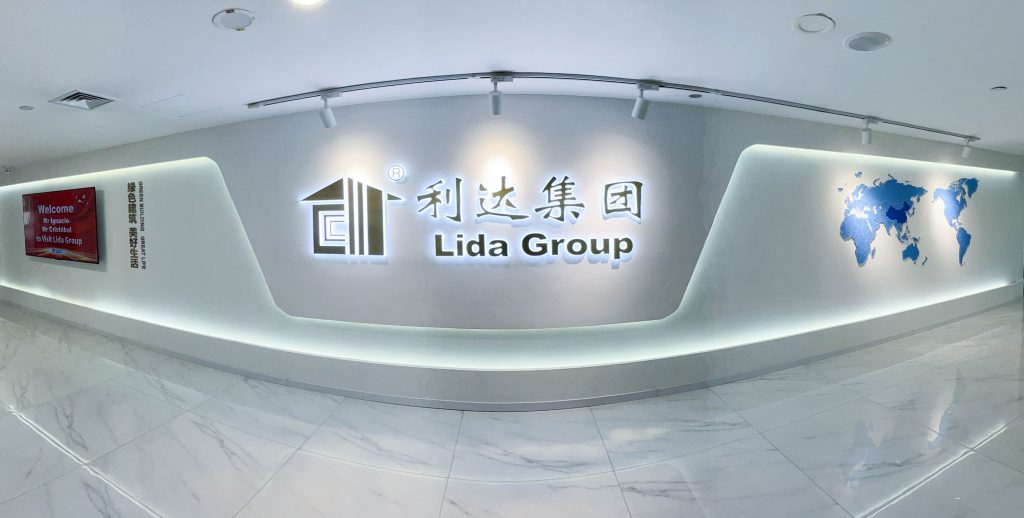
Related news
-
Lida Group Elevates Cold Chain Logistics with High-Quality Steel Warehouses Using Robot-Assisted Steel Structure Construction
2025-08-14 10:48:33
-
Future-Proof Remote Worksites: Lida Group Integrates Solar Tech into Mobile Houses via Advanced Sandwich Panel Construction
2025-08-08 11:46:06
-
Luxury Glamping Upgraded: High Quality Mobile House Resorts Built with Lida Group's Insulated Temporary Prefab Kits
2025-08-08 11:31:19
contact us
- Tel: +86-532-88966982
- Whatsapp: +86-13793209022
- E-mail: sales@lidajituan.com


